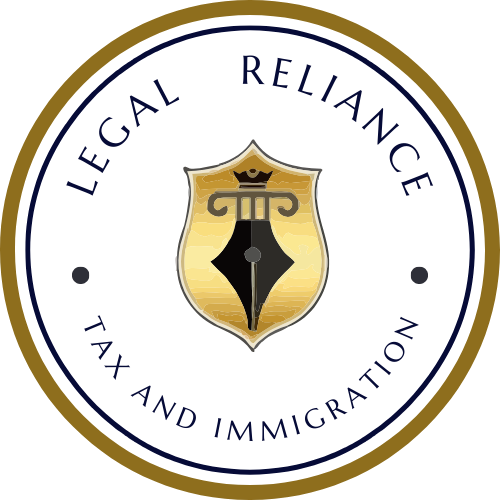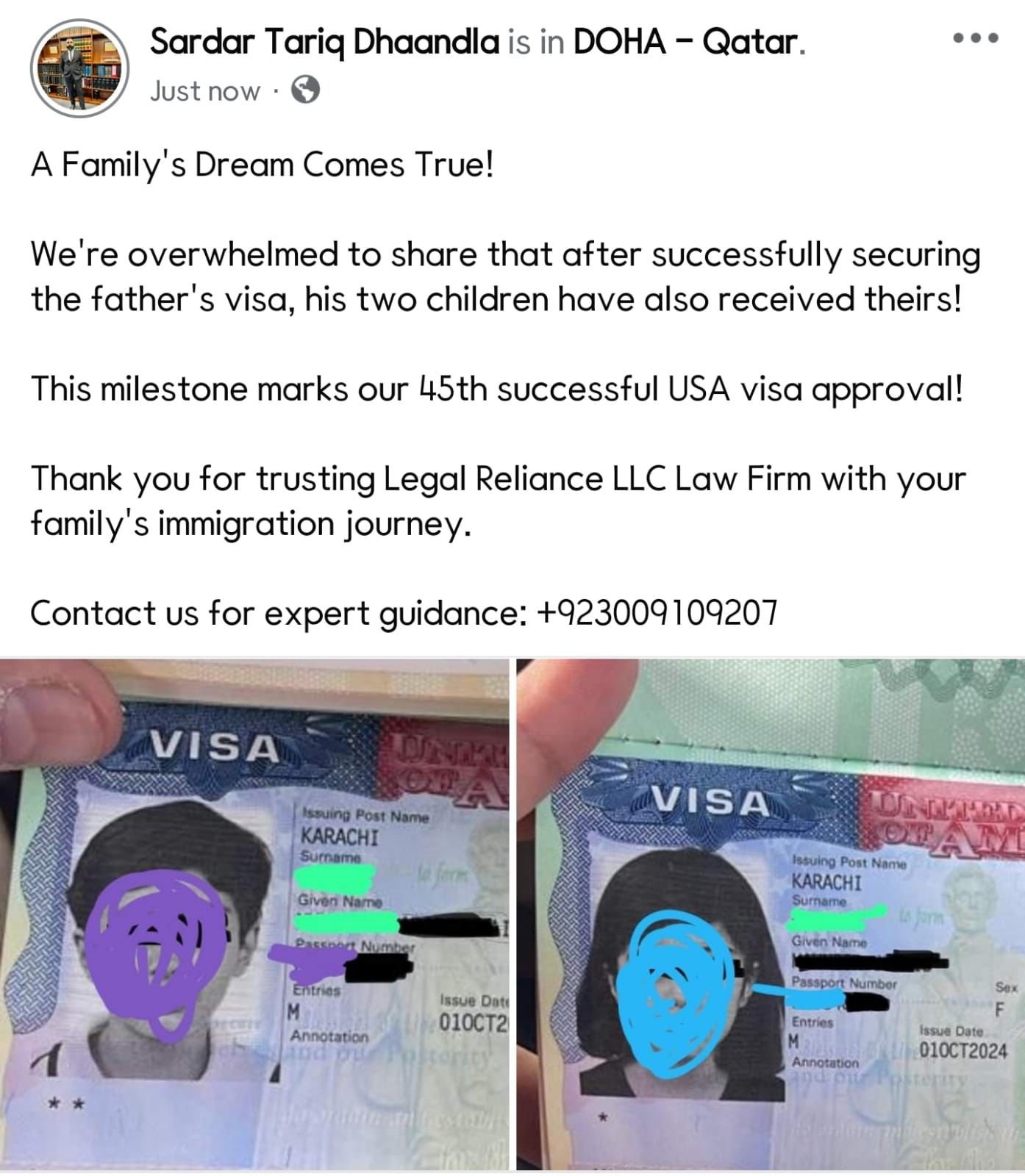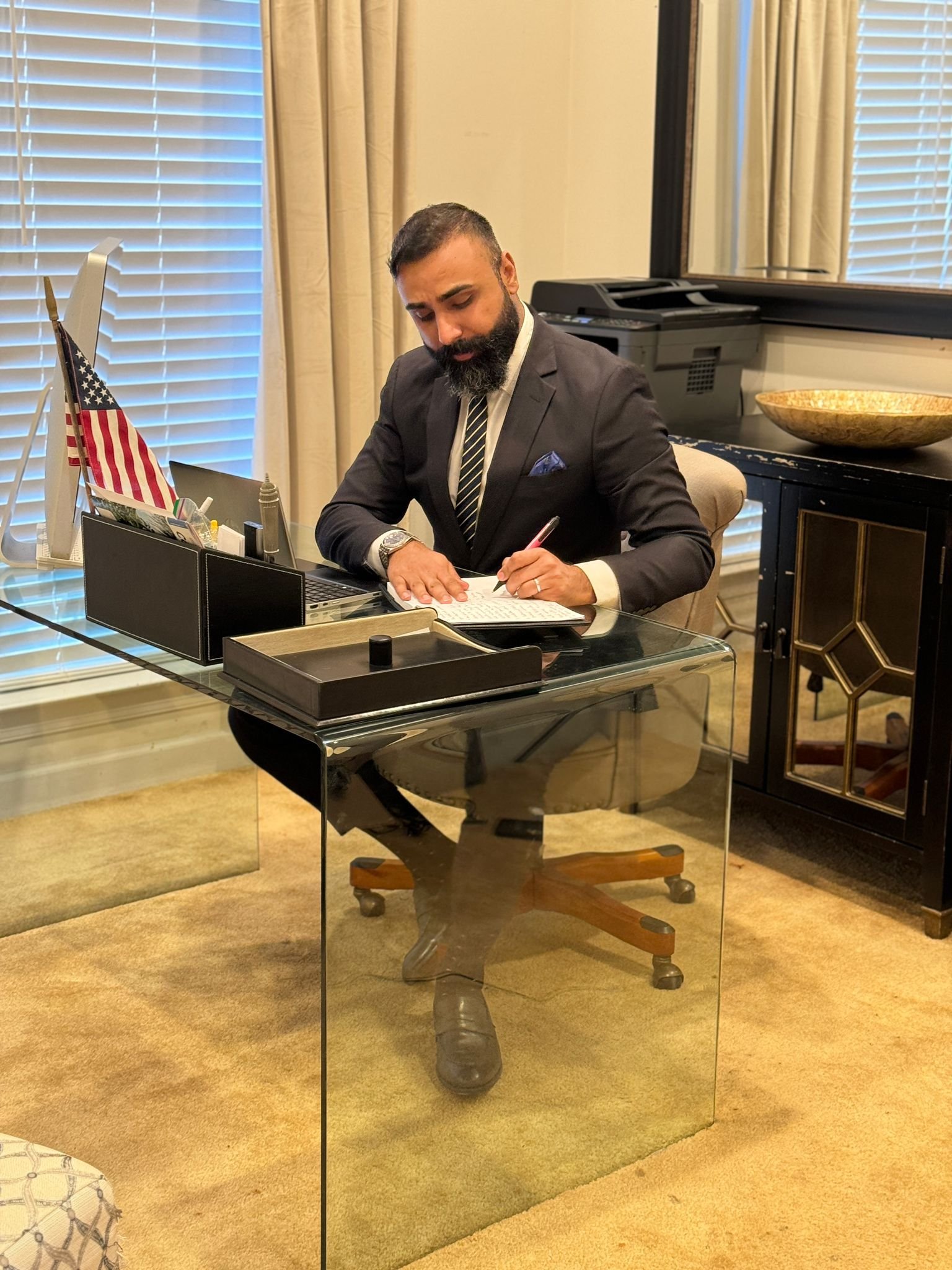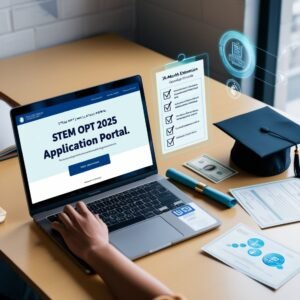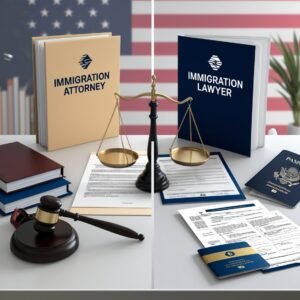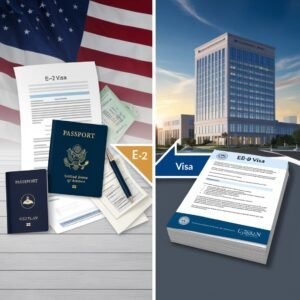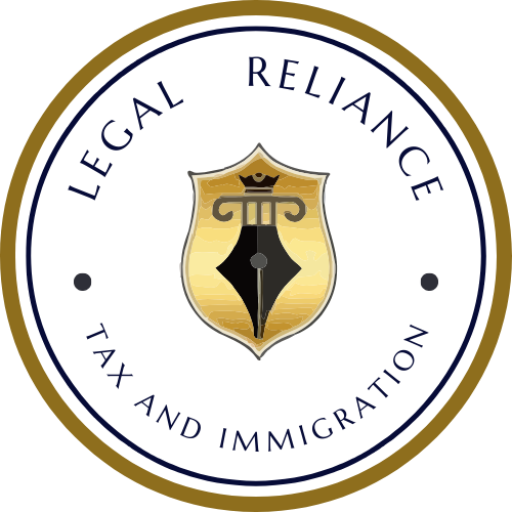Applying for a student visa in the USA from Pakistan can be a challenging process, but with the right guidance, it becomes much more manageable. This comprehensive guide will walk you through every step of the US student visa application process, ensuring that you understand all the necessary requirements, avoid common pitfalls, and maximize your chances of approval.
Understanding the US Student Visa Types
Before you begin your application, it’s crucial to know which type of visa you need. The US offers three main categories of student visas:
- F-1 Visa: The most common visa for those looking to pursue academic studies at a US college, university, or English language institute.
- J-1 Visa: For students participating in exchange programs. This visa is ideal for individuals who plan to take part in study-based exchange programs, including government-funded programs.
- M-1 Visa: For those enrolling in non-academic or vocational programs. This is applicable for students attending trade schools or vocational courses.
Each of these visas has its specific requirements and conditions, so it’s vital to choose the right one for your educational goals in the USA.
Step-by-Step Guide to Applying for a US Student Visa from Pakistan
Step 1: Apply to a SEVP-Approved School
To be eligible for a student visa, you must first get accepted by a Student and Exchange Visitor Program (SEVP)-approved school. Here’s how to go about it:
- Research and Choose Your School: Ensure the school you apply to is SEVP-approved, which is a requirement for obtaining the F-1 or M-1 visa. The school will provide you with the necessary documents to apply for the visa once accepted.
- Get Your Form I-20: Once accepted by the school, they will issue you a Form I-20 (Certificate of Eligibility for Nonimmigrant Student Status). This form is essential for your visa application.
- Pay the SEVIS Fee: Before you can apply for your visa, you must pay the SEVIS I-901 fee. Make sure you retain the receipt, as it will be required later in the process.
Step 2: Complete the DS-160 Online Visa Application Form
The DS-160 is the nonimmigrant visa application form you need to fill out. Here’s a breakdown of what you need to do:
- Access the DS-160 Form: Visit the Consular Electronic Application Center (CEAC) website and start your application.
- Provide Accurate Information: Fill in your personal, academic, and travel details accurately. Make sure every piece of information matches your documentation to avoid delays or rejections.
- Upload Your Photo: Your application will require a recent passport-sized photograph that meets US visa photo requirements. Ensure your photo is taken on a white background, showing your full face, and without glasses.
- Submit the Form and Print the Confirmation Page: Once completed, submit the DS-160 form and print the confirmation page, which you will need for your interview.
Step 3: Schedule Your Visa Interview
After submitting the DS-160 form, you’ll need to schedule an interview at the US embassy or consulate in Pakistan. Here’s what you need to know:
- Pay the Visa Application Fee: The visa application fee is non-refundable and must be paid before scheduling your appointment. Check the US embassy’s website in Pakistan for the latest fee information and payment options.
- Schedule the Interview: Once the fee is paid, go to the US Visa Information and Appointment Services website to schedule your interview. Choose a convenient date and time and make sure to note down your appointment confirmation details.
- Prepare Your Supporting Documents: Gather all necessary documents, including your Form I-20, DS-160 confirmation page, SEVIS fee receipt, and proof of finances. You’ll need to show that you have sufficient funds to cover your tuition and living expenses in the US.
Step 4: Attend the Visa Interview
The visa interview is a critical part of the application process. Here are some tips to help you succeed:
- Arrive Early and Dress Professionally: First impressions matter. Arrive at least 30 minutes before your appointment and dress in formal or business attire.
- Be Honest and Confident: Answer all questions truthfully and confidently. Common questions include why you chose to study in the US, your choice of school, and your post-graduation plans.
- Provide Sufficient Evidence of Ties to Pakistan: The consular officer will want to ensure that you intend to return to Pakistan after completing your studies. Present documents such as property ownership, family ties, or a job offer as proof of your intention to return.
Step 5: Wait for Visa Approval
If the interview goes well, you’ll be informed about your visa’s approval status. Here’s what to expect:
- Administrative Processing: Some applications may require additional administrative processing. If this happens, the consular officer will inform you, and you might have to wait a few more weeks for the final decision.
- Receive Your Visa: Once approved, your passport with the visa will be returned to you through the designated courier service. You can track the status of your visa through the Visa Application Center (VAC).
Tips to Strengthen Your Student Visa Application
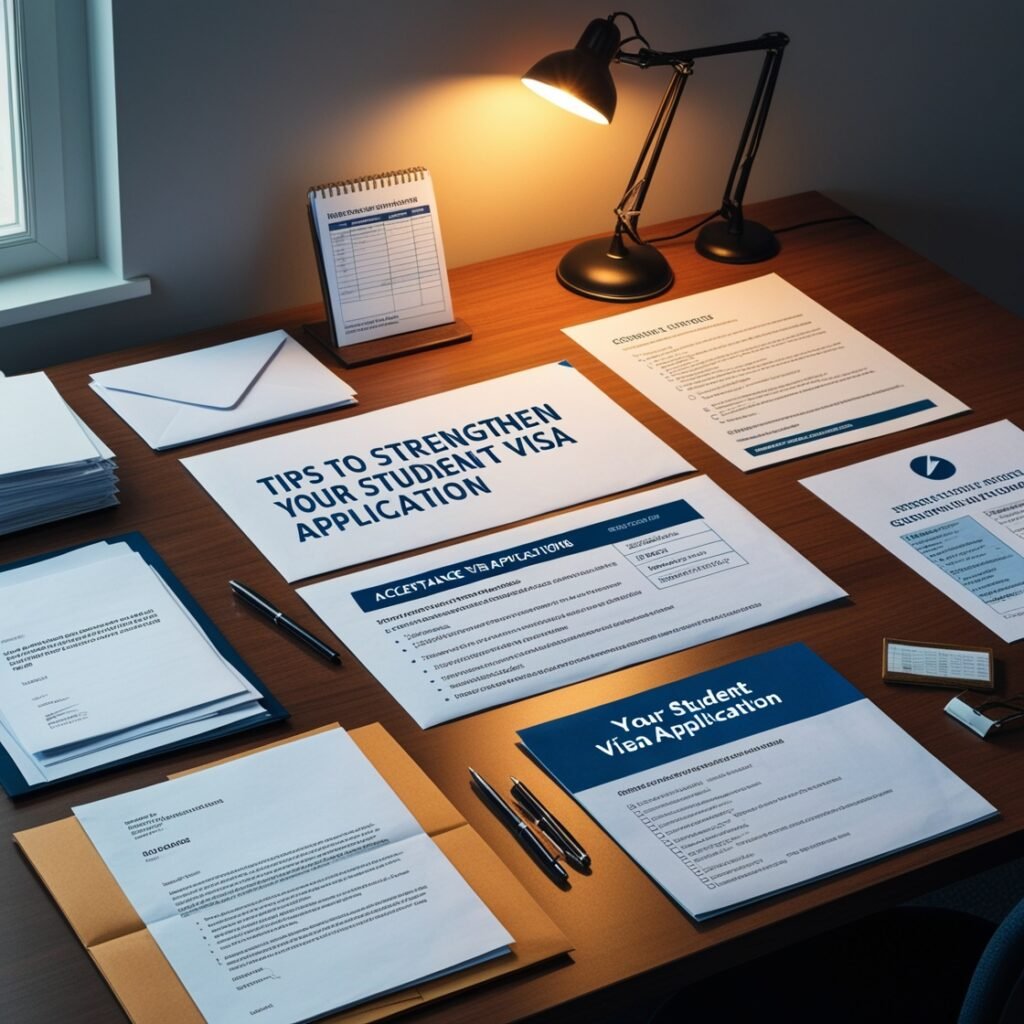
Applying for a student visa from Pakistan requires meticulous preparation. Here are some additional tips to improve your chances of approval:
- Maintain a Clear Study Plan: Be prepared to discuss your study plan, course selection, and how the program aligns with your career goals. Having a clear and logical study plan demonstrates your commitment to education and future prospects.
- Show Proof of Strong Financial Support: One of the key factors in visa approval is the ability to finance your education and living expenses without working in the US. Present bank statements, scholarship letters, or affidavits of support as proof.
- Avoid Gaps and Inconsistencies: Ensure all your documents are consistent and there are no gaps in your academic or financial history. Inconsistencies can raise red flags and result in a denial.
- Highlight Your Ties to Pakistan: Consular officers need to be convinced that you will return to Pakistan after your studies. Highlight personal, financial, or family ties that will bring you back.
Common Mistakes to Avoid
Many applicants make mistakes that can delay or even lead to a denial of their visa. Avoid these pitfalls:
- Submitting Incomplete Documents: Make sure all forms and documents are complete and accurate before submitting. Missing documents can result in delays or denials.
- Weak Financial Proof: Lack of sufficient financial proof is a common reason for visa denial. Ensure that you have detailed and comprehensive financial documents.
- Lack of Preparation for the Interview: Many applicants don’t prepare adequately for the interview. Practice your responses to potential questions, and ensure you can clearly articulate your study goals and future plans. contact us
